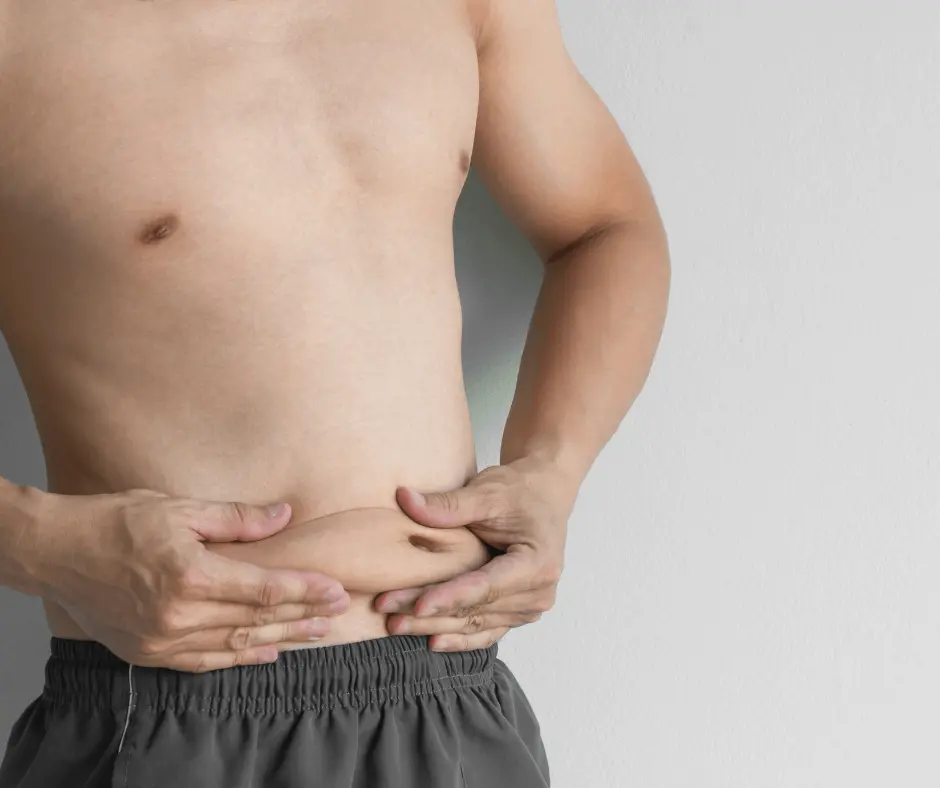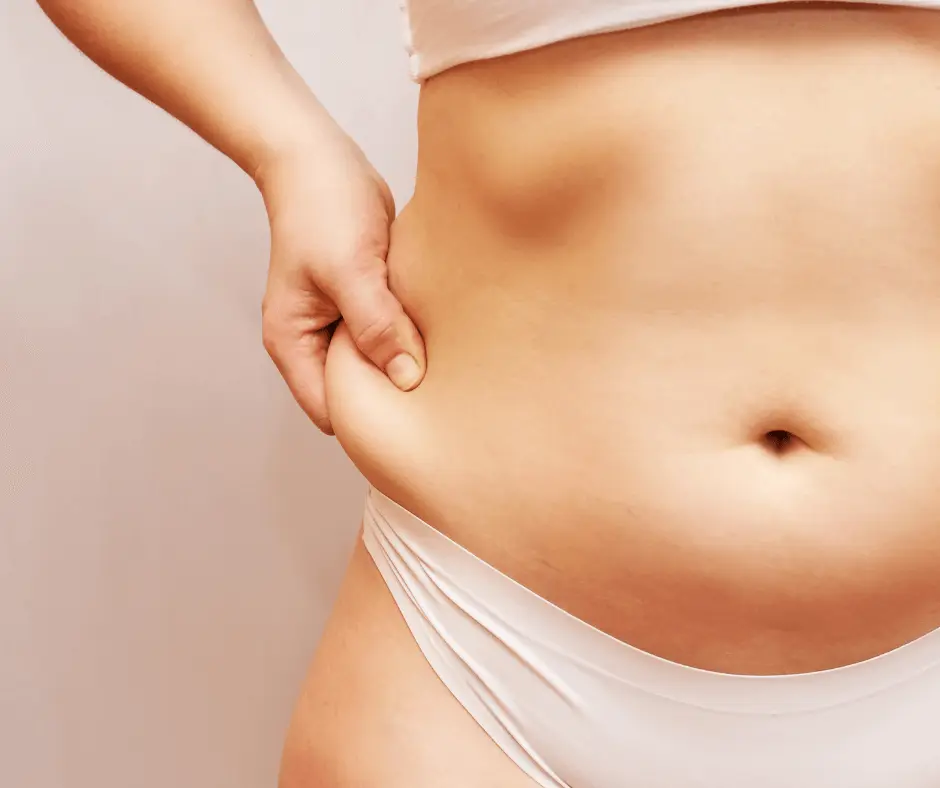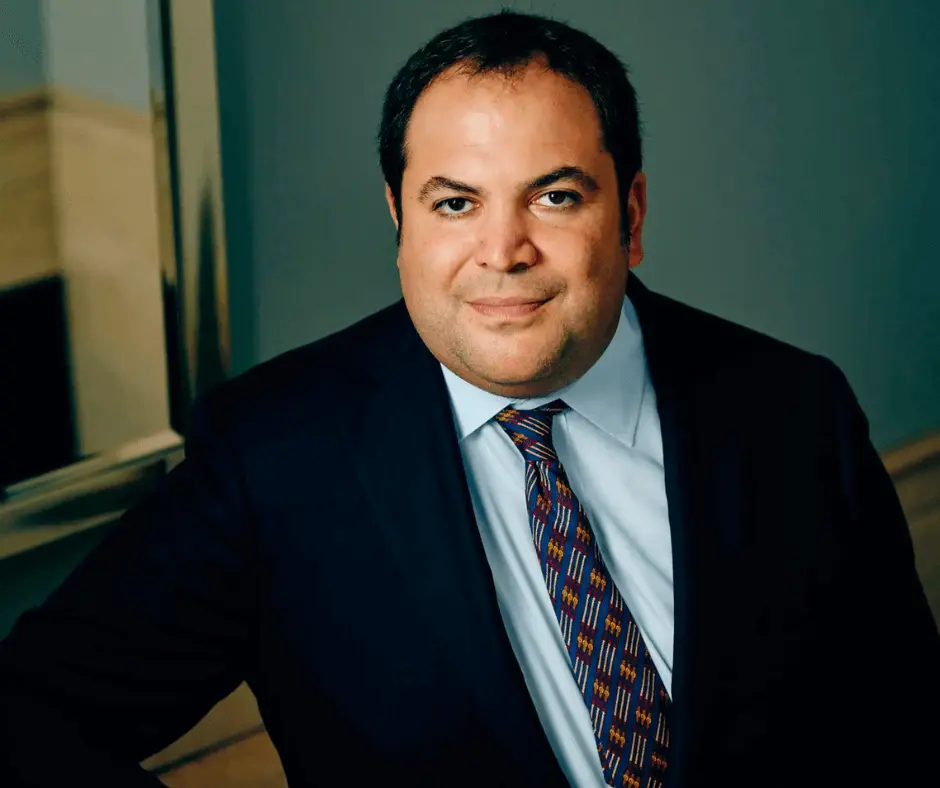Types of Liposuction Procedures
To better understand each procedure that might be used as part of a customized approach to revision liposuction,, here’s an overview of the options:
| Liposuction Technique | |
| Tumescent Liposuction | Provides local anesthesia to large volumes of subcutaneous fat and thus permits liposuction more effectively, safely, and with less pain than traditional liposuction. Tumescent liposuction can safely remove fat from almost all parts of the body. |
| Ultrasonic Liposuction | This technique uses ultrasonic energy to liquefy fat cells before they are removed, making it suitable for larger areas of fat removal. |
| Laser Liposuction | A laser is used to liquefy fat cells before removal to be used for smaller target areas. Laser liposuction may cause less swelling and bruising than traditional methods. |
| Power-assisted Liposuction | This involves a vibrating cannula that breaks up fat cells before they are removed. It can be used for both small and large areas of fat removal. |
| Smart Liposuction | A trade name for laser liposuction, smart lipo uses laser energy to break down fat cells before removal, making it an option for both small and large treatment areas. |
What Can You Do if You Get Bad Liposuction?
Realizing that a cosmetic procedure didn’t turn out as you hoped is heartbreaking. Sometimes, “bad” liposuction can happen if the surgeon doesn’t have the right experience to perform the procedure successfully or the patient isn’t a good candidate. Either way, botched liposuction is physically, mentally, and financially draining.
Liposuction gone wrong can be corrected with revision surgery to give you the results that you wanted in the first place.
Signs of a Bad Liposuction Procedure
Liposuction results typically take 3-6 months to stabilize. However, once your results are stable and final, there are several red flags to look out for.
Uneven Fat Removal – The treated areas can look bumpy, wavy, or warped if the doctor doesn’t evenly remove the fat or they don’t remove enough fat (or remove too much fat!).
Dents or Divots – Skin imprints that resemble cellulite are often caused by being over-aggressive or too superficial during the lipo procedure.
Scar Tissue – Excessive scar tissue can form if your initial procedure is too aggressive, leaving behind skin irregularities and an uneven texture.
Loose Skin – You may be left with loose skin if so much fat is removed that your skin cannot contract to fit your new shape.
Cannula Marks – You may see “stripes” or straight lines from where the liposuction cannula was passed if the procedure was performed too close to the skin.
How is Uneven Liposuction Fixed?
Liposuction revision helps create a smoother, more even surface where you may have dents, divots, or unevenness. Depending on the extent of your case, Dr. Smith may address your concerns using a tumescent liposuction technique combined with other methods (such as VASER, BodyTite or fat grafting ) to reshape and recontour the target areas.
Sometimes, patients may need a fat transfer to address irregularities or fill in hollow areas caused by a previous procedure. Fat transfer or fat grafting removes unwanted fat via liposuction and injects it into another area. In addition, fat grafting can help with severe bumps or indents in the skin.
VASER uses ultrasound energy to break down scar tissue and lay the foundation for a smooth new contour. When the scar tissue from the first procedure is treated with VASER, the previously constricted space between the skin and deeper tissue can be opened up to accept fat grafts that can yield a significantly improved appearance.
BodyTite to uses radiofrequency energy to tighten skin. If over-aggressive liposuction has left loose skin behind, BodyTite may be used to tighten the skin and improve the resulting contour of your revision procedure.
The Liposuction Revision Process
Candidates for Liposuction Revision – Considerations
For patients seeking to correct imperfections from a previous liposuction, it is important to determine whether they are suitable candidates for the revision procedure.
Several key factors must be examined by the experienced plastic surgeon to ensure good healing potential and realistic expectations.
| Consideration | |
| Ideal Weight and Healthy Weight | Prime candidates are those at a stable, normal BMI who exercise regularly and have localized deposits of stubborn fat. Liposuction alone is not a weight loss procedure and requires maintaining a healthy lifestyle. |
| Elastic Skin and Loose Skin | While liposuction can eliminate fat, it does not tighten skin. Patients with good elasticity in treated areas have better chances of skin retracting naturally after revision. Those with pendulous skin may need additional techniques like a tummy tuck for optimal results. |
| Evaluating Scar Tissue and Fatty Deposits | Refining prior outcomes requires safely removing any residual fat pockets, stubborn irregularities, and addressing scarring. A thorough exam by the surgeon is crucial to devising a customized approach, whether utilizing advanced cannula scar tissue breakdown methods or combining it with other modalities like ultrasound treatments. |
| Post-Surgical | Secondary liposuction may not entirely undo earlier imperfections. Consistency with post-operative garments and massages can optimize outcomes when combined with quality techniques. |
| Screening for Health Factors | A history of smoking, diabetes, or taking blood thinners can potentially elevate risks, so full health screening aids the plastic surgeon in determining suitability and providing informed consent. |
Post-Operative Care and Recovery
- Importance of Compression Garments: Wearing compression garments, such as shapewear or Spanx, is critical after surgery to minimize swelling and support the skin through the contouring process. Garments are often worn for 1-4 weeks as directed by the plastic surgeon.
- Healing Process and Monitoring Progress: Healing fully depends on factors like the extent of revision needed and individual factors. Follow-up appointments allow the surgeon to ensure swelling is subsiding and shape changes are progressing normally over several months.
- Activities and Limitations Within First Days: Patients should take it easy initially, avoiding strenuous exercise or tasks that strain the treatment area. Short, slow walks are encouraged with lifting restrictions. Driving should wait until you are comfotable with sudden movements and no longer taking narcotic pain medication.
- Managing Expected Discomfort: Most patients experience a degree of post-procedure discomfort similar to the feeling of s a strenuous workout. You may find pain medication helpful for the first few days. Close communication with our office well ensure a safe, comfortable recovery.
- Returning to Daily Activities: Many can transition back to desk work within 48 hours, depending on tolerance. Vigorous activity may take 2 weeks, and complete recovery can take 4-6 weeks to essentially feel like you never had the procedure.









